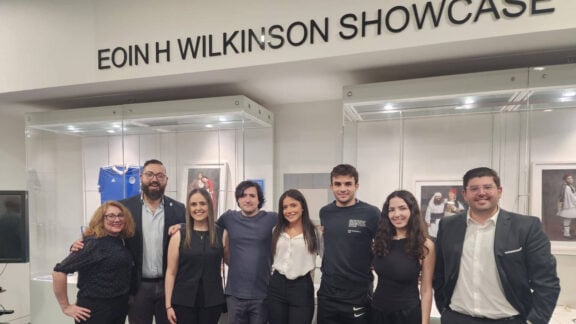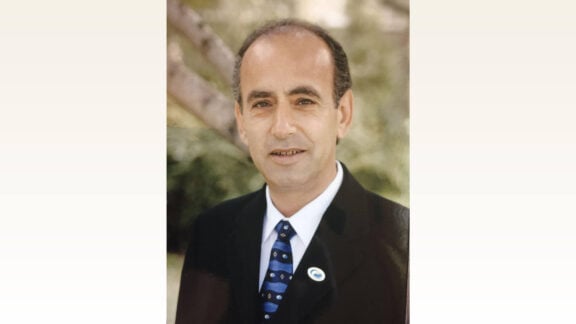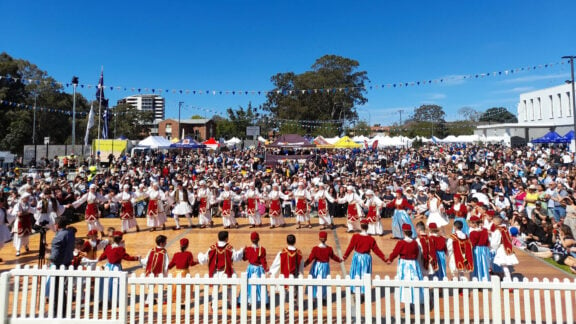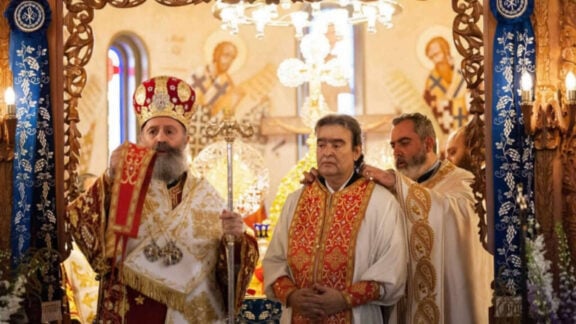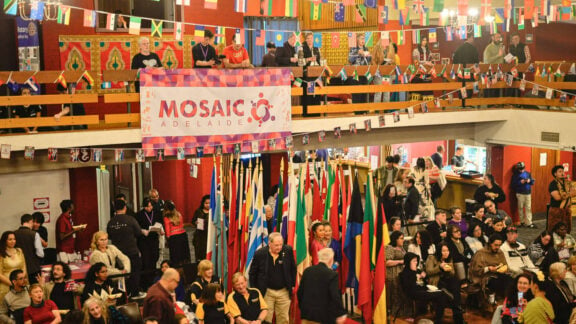The search began in the early 1990s when Dimitris Katsambis, a resident of Adelaide since childhood, wanted to find out more about his grandfather who was born in Karitsa, a village in the Parnon Mountains in the southern Peloponnese.
It was a difficult enough quest in the days before the internet but, over the years, Mr Katsambis’ original inquiry has grown into a website that includes the stories of other families in village with more than 45,000 entries from descendants spread across the planet.
Those early efforts have evolved into the Family Trees of Southern Parnon website (and on Facebook) which was launched in 2002. The team now includes Mr Katasambis, Stelios Hagias (coordinator) based in Adelaide, Giannis Gavriil in Greece. Gregory Kontos in the US, as well as Thanasis Stamatopoulos and Nikolaos Kalkanis.
“The village is a community that is spread throughout the world. We are getting information about the village from the UK, USA, Germany, South Africa and Australia” said Mr Katsambis, a retired teacher. Along with his role on the website, he is also the editor of the blog Karitsioka Nea.
Mr Hagias, a retired research chemist, is the website coordinator whose family also came from Karitsa and . He looks after the family trees on the site. He also grows olives in his grove near Adelaide.
“Mr Hagias is very analytical, he is able to visualize patterns and has a very good grasp of patterns. It is a very intricate process to be able to draw connections,” said Mr Katsambis.
In Greece, Yiannis Gavrill plays an important part in the information-gathering process, said Mr Katsambis.
The group still maintains connections at the village itself (it has a population of 220 people) and an invaluable assistant to any local query is retired rural policeman Andonis Katsampis, aged 92, who will check through the local church records.
READ MORE: International online conference focusses on helping you trace your Greek ancestry
“Stellios visited the village some years ago and helped to bind the records and put them in order. Our contacts with the village are strong,” said Mr Katsambis.
“A lot of information has been lost. We cannot, for example, locate the register of female births; it is has not been seen for a long time.”
The website also receives a lot of photographs that have no dates or captions so that help is often sought from people across the diaspora. The photographs offer a rich source of information of life at the village.
“We have also begun researching and recording anecdotes. There are many anecdotes that shed light on the lives of the people, their humour and thoughts which come from sources around the world.
“We have achieved a critical mass where people have made connections to the village through the website that go back over seven generations,” Mr Katsambis said.
READ MORE: Family history website helps Greeks build their family history
The work of the Family Trees of Southern Parnon has drawn the attention of ancestry groups around the world. Their work will be highlighted at the International Greek Ancestry Conference, the first international online conference focusing on Greek ancestry, a three-day affair that is frere and open to all that launches on Saturday afternoon.
Mr Katsambis and Mr Hagias will be part of the panel discussion entitled Under the Village Tree that will be begin at 1.10pm AEST on Saturday. Each of the panelists have created family trees that encompass their ancestral village and beyond. They will discuss their work and what they have learned along the way.
♦ For more information about the conference timetable, topics and speakers, visit the International Greek Ancestry Conference website.
Please be aware of the time differences: The International Greek Ancestry Conference is set to start at 7.45pm Friday, 29 January (US Eastern Standard Time EST) which is 11.45am on Saturday 30 January Australian Eastern Standard Time (AEST). If you are in the AEST zone, add 16 hours to US EST times quote on the conference timetable shown below.


